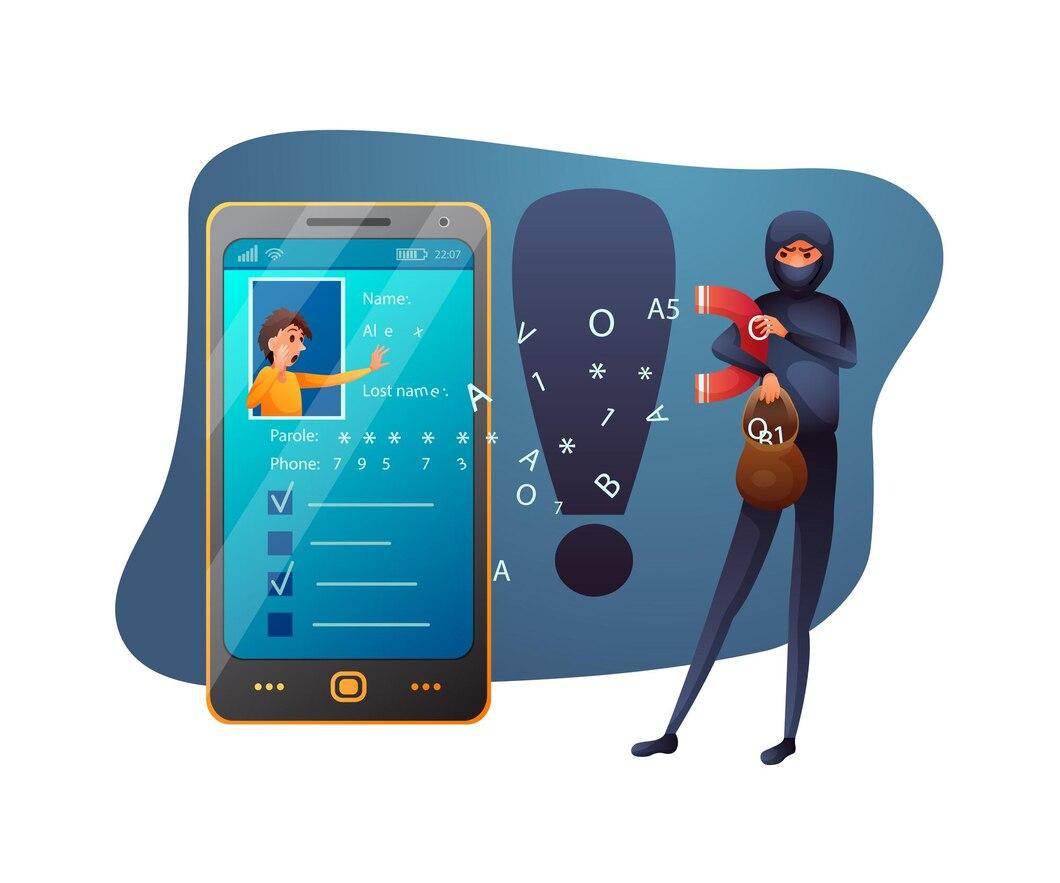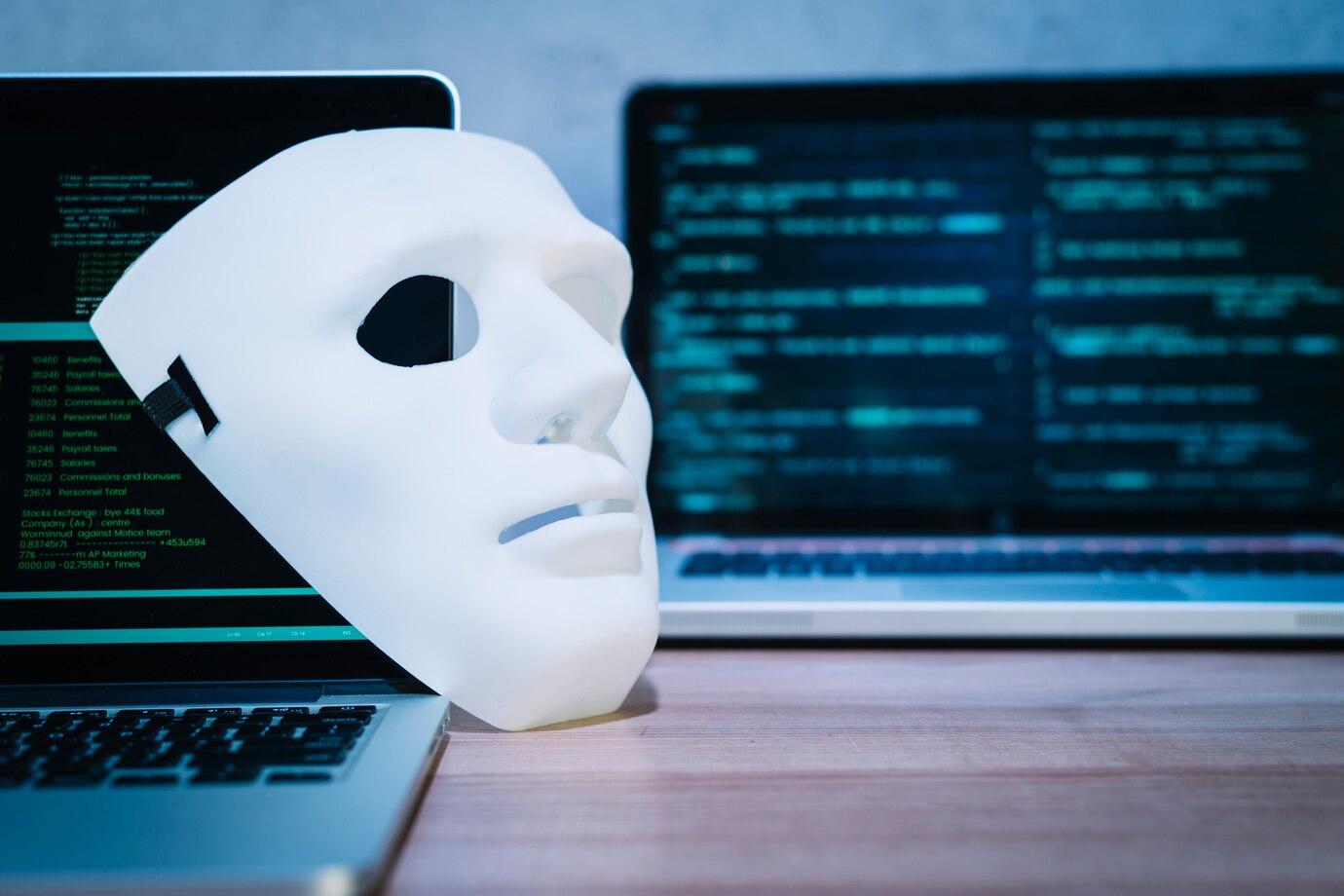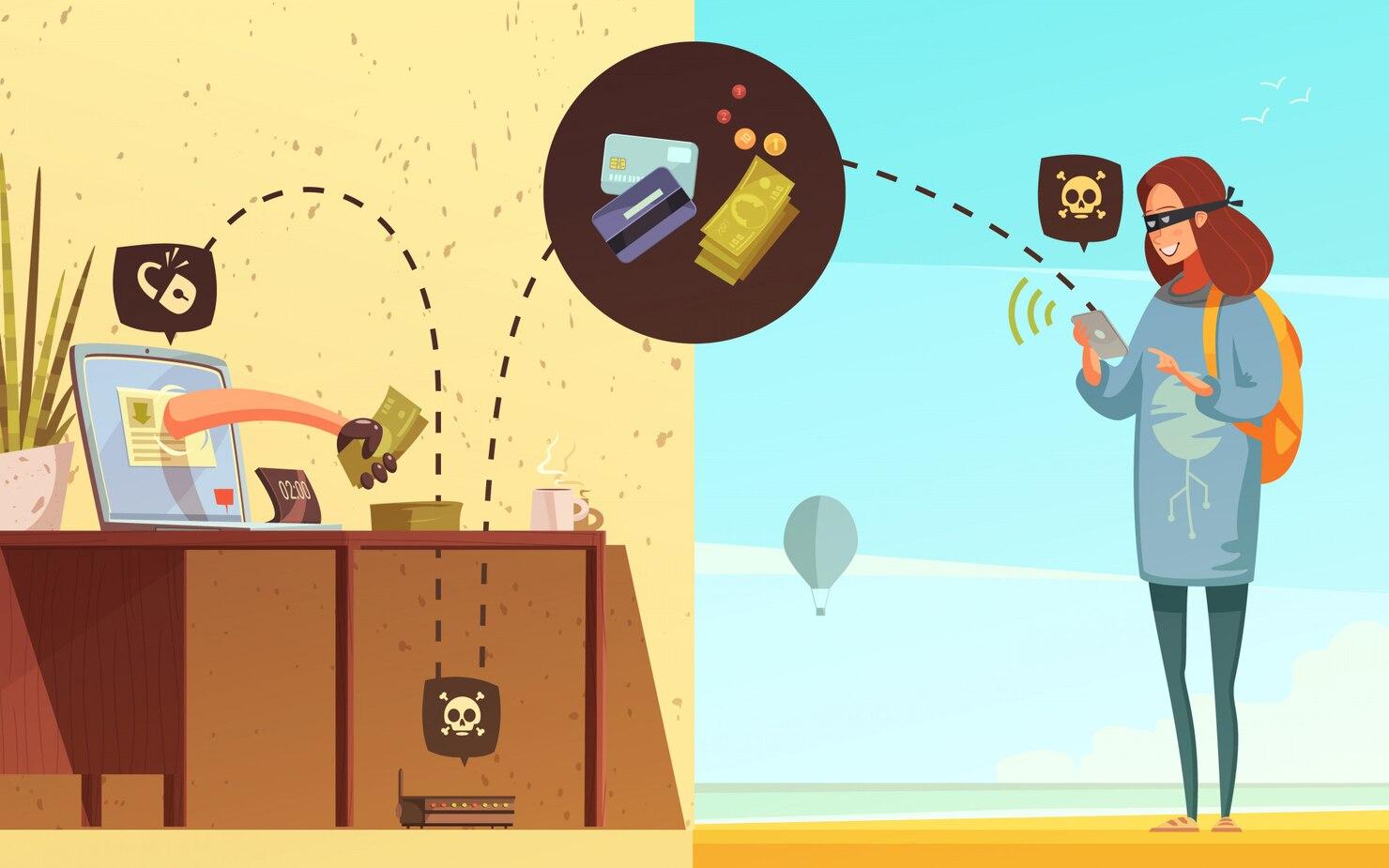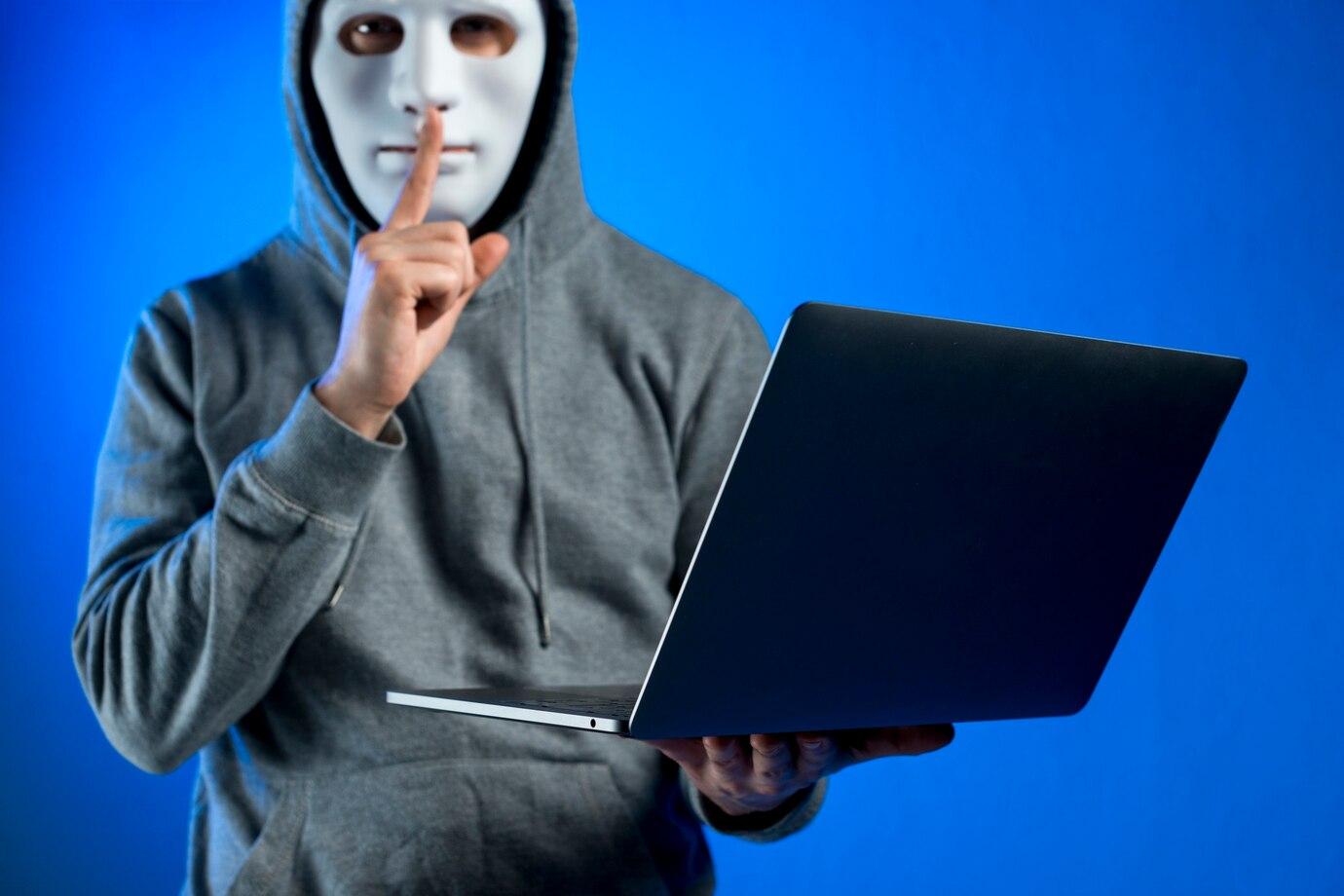In recent years, artificial intelligence technologies have developed at a rapid pace, and one of the most discussed areas is the creation of deepfakes. Deepfakes are fake videos or audio recordings where a person's face or voice is replaced by another. Despite the exciting possibilities that this technology opens up in film and media, it also leads to an increase in fraudulent schemes. In this article, we will take a closer look at how fraudsters use deepfakes for financial crimes.
Dangers of Deepfakes in Modern Society
With the development of technologies such as deep learning, creating deepfakes has become an accessible tool even for those who do not have deep programming knowledge. This not only contributes to their spread but also complicates the process of identifying fakes. The problem is exacerbated by the fact that an ordinary person can become a victim of fraudsters simply due to trust or lack of experience with such technologies.
Deepfakes allow for the creation of fake recordings that look and sound very realistic. For example, an unprepared person may receive a "call" from a colleague or boss and, hearing a familiar voice, easily believe that it is indeed that person, rather than a video or audio created by fraudsters. Such cases are not isolated and have already become a common tactic used by criminals to achieve their goals.
How Fraudsters Use Deepfakes to Deceive
Financial scams using deepfakes are becoming increasingly sophisticated. Fraudsters may use fake videos to conduct deceptive maneuvers to obtain money or confidential information. For example, they may call a bank employee, pretending to be their boss, and ask to transfer money to a "company account" that, in reality, belongs to the fraudsters.
This behavior is most often called "vishing" (from "voice phishing"). It involves using voice technologies to obtain information from the victim by misleading them. In this context, deepfakes serve as a means of increasing the victim's trust in the caller.

Fake Negotiations with AI
Another aspect related to the use of deepfakes is fake negotiations using artificial intelligence technologies. For example, fraudsters can create a video recording, sabotaging the statements of a respected businessman or government official. In such cases, victims may be deceived into believing they are negotiating with a real person they know, rather than with a fake.
The process of creating such fakes can be very complex, and special programs are used for this. However, their availability and ease of use are increasing each year. Moreover, fraudsters can use combinations of deepfakes and other schemes, making their crimes even more difficult to detect.
Deception through Artificial Intelligence
Modern artificial intelligence technologies provide fraudsters with many opportunities to commit financial crimes. They can use automated systems to create deepfakes and subsequently distribute fake information to manipulate trusting people. This can include credit card fraud and identity theft, creating an even greater threat to user security.
An important aspect is that fraudsters can use big data analysis to pinpoint their victims and create the most plausible scenarios for a particular situation.

Deepfake Identity Theft
Identity theft using deepfakes is another serious problem faced by modern users. In such cases, fraudsters create fake profiles on social networks or messengers, using the names and faces of real people. After that, they gain the trust of the victim's acquaintances, asking them for money or personal data.
This form of deception has dangerous consequences. The loss of personal data can lead to theft of funds and destruction of the victim's credit history. However, the deception does not stop there. Fraudsters use the collected data to continue their criminal activities, making them even more difficult to catch.

Deepfake in Banking Frauds
The banking sector is becoming a victim of deepfake deception methods. Bank service users must be vigilant, as fraudsters can use fake recordings to request access to accounts. For example, a fraudster may "call" the bank, pretending to be a customer, and use a deepfake to convince bank employees of their legitimacy.
As a result of such villainies, victims lose not only money but also trust in banking institutions. Therefore, banks and financial organizations must update their security methods to recognize and prevent such cases. This may include stricter client identification and the use of technologies to counter deepfakes.

How to Protect Against Deepfakes
Developing solutions for recognizing deepfakes is one of the most pressing tasks for the safe use of technology. There are many technologies and programs that help detect fakes. It is important to actively use these solutions both at the level of individual security and within companies working with confidential data.
Recognition of deepfakes is often carried out through facial and voice analysis using algorithms that can determine if there is an imperfection in the recording. High-quality programs can also analyze the context of the video, making them less susceptible to manipulation.
People should be vigilant and verify any information that may seem unusual or suspicious. This is especially important when it comes to financial transfers or sensitive data.
A culture of security should be implemented both at home and in the professional environment. It is important to create a space where people can openly discuss their concerns and share experiences in combating fraud. This can also help identify new schemes and methods of deception used by criminals.
The use of deepfakes for financial crimes poses a serious threat to society. Fraudsters are becoming more inventive and use advanced technologies to deceive trusting people. To reduce the risk of falling victim to such deception, it is important to stay informed about new threats and actively use technological solutions to prevent them.


